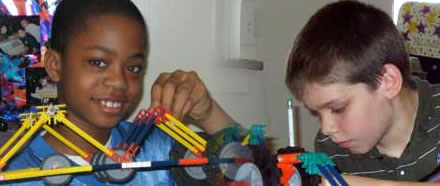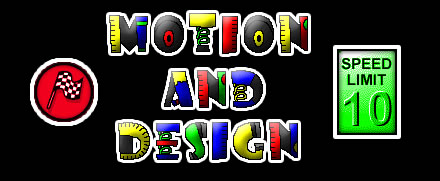
Lesson 3: Using Drawings to Record and Build

Activities:
- Distribute graph paper, circle templates, and colored pencils.
- Discuss technical designs and why they are useful. Use page 7 in the student guide as an example. Show samples of student work.
- SCIENCE NOTEBOOK: On graph paper, students will use their construction from lesson 1 to create an illustration (technical drawing) of the vehicle. Remind students to write a date in the science notebook.
- Share and discuss technical drawings.
- SCIENCE NOTEBOOK: After the drawing is complete, respond to the following question: If you were to build the same vehicle again, what features on the drawing would make it easy to build?
- Discuss ideas from the science notebook question on what component(s) of the vehicle should be changed/altered and why.
- Discuss perspective and have students construct the vehicle on page 7 of the student activity book (materials listed on page 35 of teacher’s guide).
- SCIENCE NOTEBOOK: Students complete LOL in notebook after construction complete—line of learning discusses what the student learned from the lesson. The LOL also may include a content blast.
- Class discussion using questions on page 34 of teacher’s guide:
- How is your own drawing similar to or different from the technical drawing?
- On the technical drawing what do you notice about the two views of the vehicle? How are they alike? How are they different?
- What parts of the technical drawing might make it easy for you to build this vehicle? What parts make it difficult?
- How does color help in the drawing?
- If students finish early, read the selection about “The Race That Wasn’t Run” beginning on page 9 of the student book.
- Keep the standard vehicle assembled.

